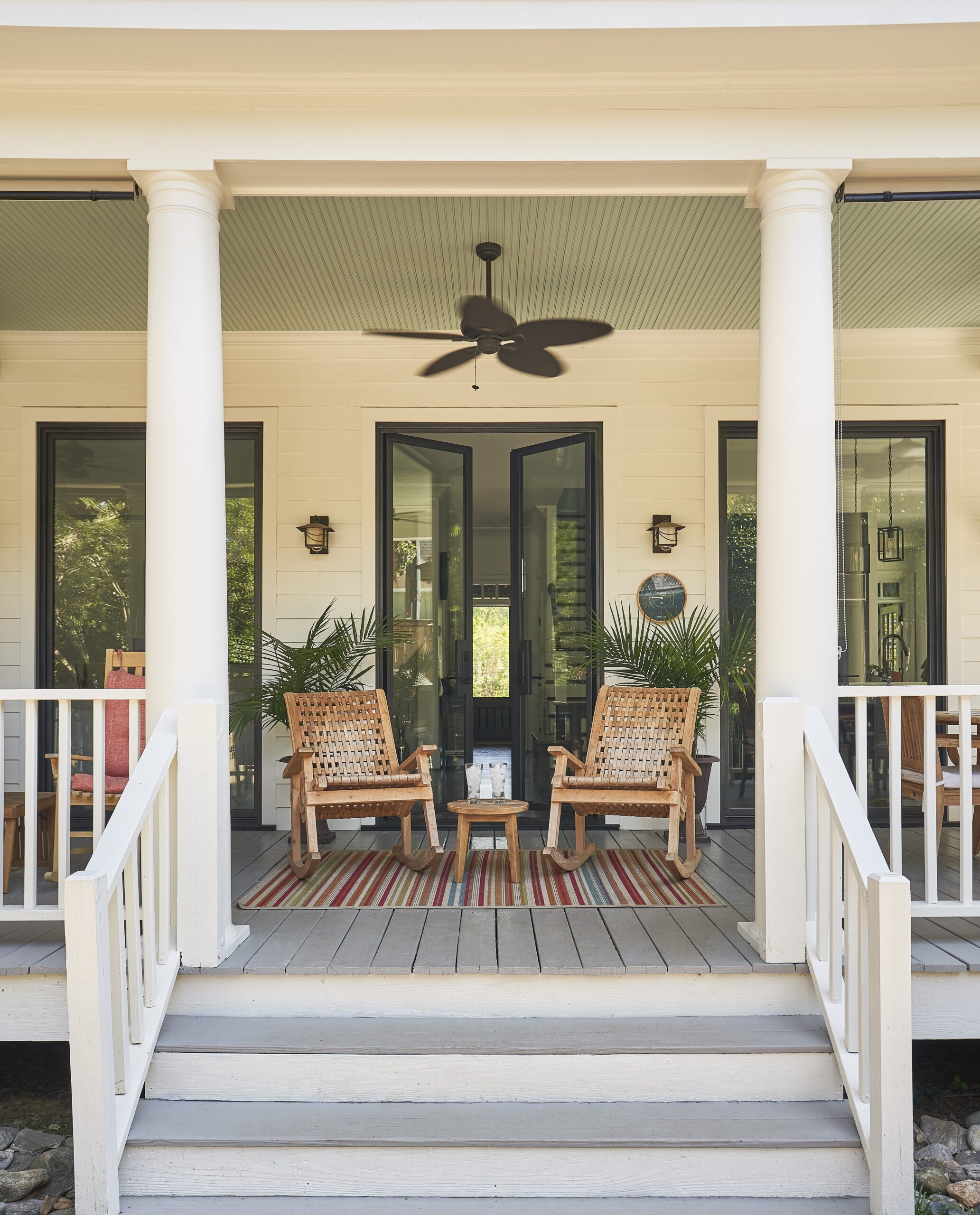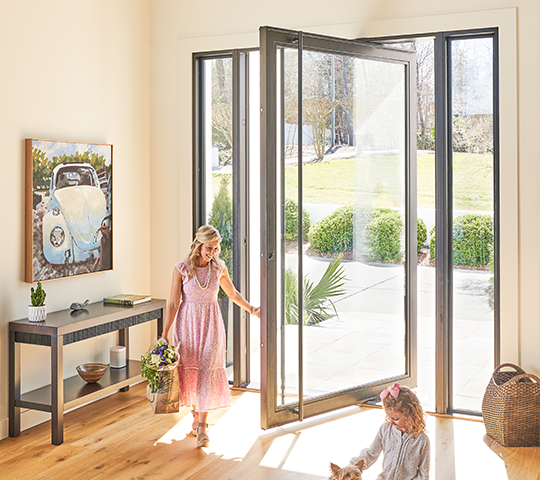While we all know energy-efficient appliances and solar panels are ways to make a home more sustainable, there’s much more homeowners can do. Everything, from the way a home is built to the materials it is made from, can be a sustainable practice. Recent research indicates that in 2024, 34% of homebuilders classified over half of their projects as green, representing an increase from 2019. Those builders estimate that over 50% of their projects are green.
As construction and architecture continue their journey towards sustainability, it’s essential to know the most environmentally sound choices. One of the most sustainable decisions you can make is to install a steel door in your home.
The Environmental Benefits of Steel Doors
Steel doors are heavy lifters in home building. Not only are they durable and can match almost any aesthetic, but their high recyclability makes them a terrific choice for environmentally friendly homes.
Durability and Longevity
As far as doors go, steel doors are a low-maintenance and high-longevity option. Because this material is so durable, steel doors rarely need to be replaced, which means less waste in the long run. That resistance to wear and tear means steel doors can often last between 30 and 100 years. Whereas wooden doors, by comparison, usually last 20 to 60 years.
Recyclability and Recycled Content
Per the Steel Tank Institute/Steel Plate Fabricators Association, steel is the most recycled material on Earth. It is so heavily recycled that in the United States, 92% of steel is recycled. That material goes back into the manufacturing system and is made into other usable items, including doors.
When a steel door does have to be retired, the recycling life cycle begins again. Not only is the material the most recycled in the world, but it is also 100% recyclable. So your steel door can live on, producing very little waste in the process.
Sustainable Manufacturing Processes
The most significant sustainable practice in steel door manufacturing is the use of recycled steel. This drastically reduces how much energy is needed to create the doors, since actually manufacturing steel requires a lot of energy. According to research from the Institute for Energy Economics and Financial Analysis, the production of steel from metallurgical coal and iron ore creates direct and indirect carbon dioxide emissions of 2.2 and 1.4 tons per ton of crude steel. Whereas creating steel from scrap only creates .3 tons per ton of steel.
A ResponsibleSteel certification is the largest seal of approval a steel manufacturer can receive. The ResponsibleSteel’s 13 Principles must be met by a manufacturer to receive the certification. These principles range from excellent corporate leadership and labor rights to the protection of local biodiversity and responsible material sourcing.
Steel Compared To Other Door Materials
Generally, there are three types of exterior doors used: steel, wood, and fiberglass. Each comes with its own set of sustainability concerns and lifespan. While steel doors last the longest out of the three of them, there are other environmental considerations to be made as well.
Steel vs. Wood Doors
Wood, like steel, is also a highly recyclable material. However, the fact is that many wooden doors aren’t made from recycled materials. According to research from the Environmental Investigation Agency, between 2017 and 2022, at least 1.2 million wooden doors sold in the United States likely contained illegally sourced wood. When wood is sourced from unsustainable sources like illegal rainforest logging, it contributes to the overall devastation of deforestation.
Steel doors and wood doors also have a large disparity in their maintenance needs. Since steel is far less likely to rot or warp, it tends to outlast wood by decades. Although wooden doors can have lengthy life spans, their susceptibility to damage makes them more difficult to maintain, which means replacing them more often.
Steel vs. Fiberglass Doors
Steel doors and fiberglass doors are often rated similarly for heat transfer, however, fiberglass can rank higher. That is because fiberglass is not a heat conductor, but steel is. Even so, in the long run, fiberglass doors aren’t as environmentally friendly as steel.
For one thing, a fiberglass door is only expected to last between 15 and 20 years. So, while they are recyclable and many are made with some recycled material, they need to be replaced far more often than a steel door. Recycling them can also be challenging, since they require specialty facilities that may not be available where you live.
Recognizing the Sustainable Power of Steel
From their recyclability to their long lifespan, steel doors continue to be a sustainable door option. They are built to last, yet even when they need replacing, they can easily be sourced from recycled materials and disposed of in a similar way. As sustainability continues making headway in construction, steel doors will lead the way.
Not only are these doors durable, but they’re beautiful too. Steel doors can match nearly any aesthetic without compromising on energy efficiency or longevity. That is how they make sustainability more stylish.
When you’re ready to reduce your home’s carbon footprint and install steel doors, be sure to call the experts at Clark Hall.






